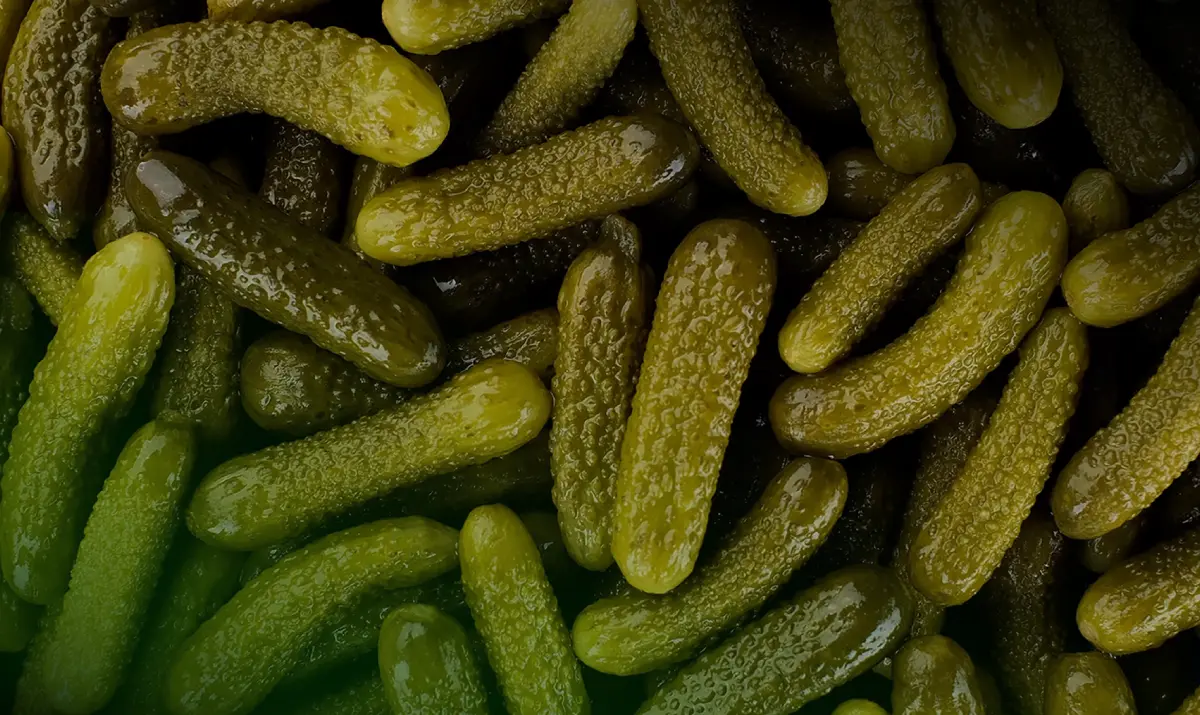The Botanical Boom
Step aside, plain vanilla. The world’s taste buds have a passport now — and they’re checking into the wild, fragrant world of Global Spice & Botanical Exploration.
In flavor labs across the globe, chemists are playing culinary cartographer: charting new sensory territories with chili, coriander, elderflower, and even moringa blossom. It’s science meets storytelling — and it smells incredible.
The Science Behind the Spice Craze
What’s fueling this global flavor boom? Three big forces: the plant-based revolution, a craving for novelty, and the search for emotional connection through taste.
Botanicals — herbs, florals, seeds, and roots — now appear in nearly half of all new flavor launches worldwide. They’re prized for being natural, functional, and just mysterious enough to sound poetic on a label. And the spice side? It’s exploding. One recent study found 76 new spicy products launched in the U.S. in just four months of 2025. Consumers aren’t shying away from heat — they’re chasing it.
In short: flavor fatigue has met its match.
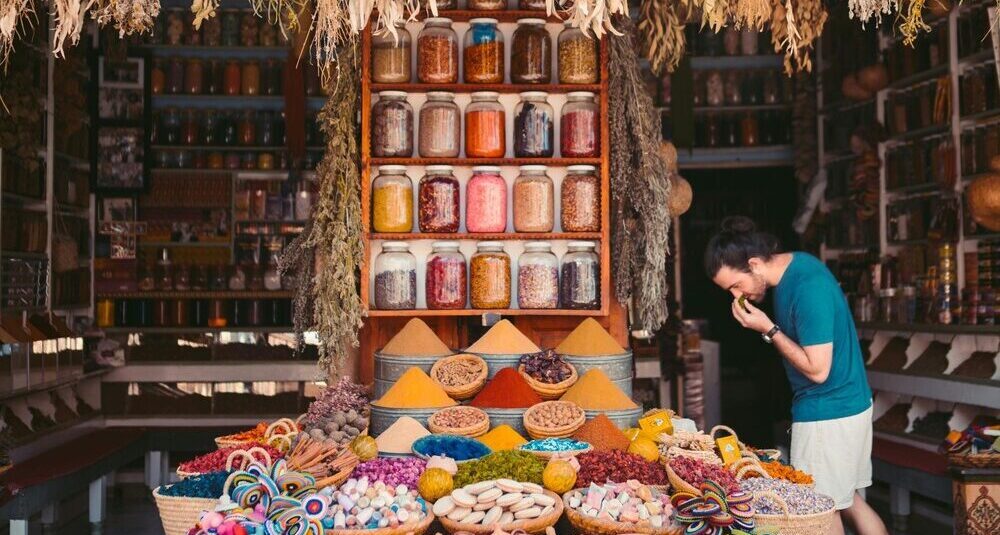
Why Botanicals and Spices Have the Flavor Edge
Beyond their exotic charm, these ingredients pack serious R&D potential.

They make flavors memorable.
Fast-growing florals like rose, linden blossom, and moringa flower add depth and sophistication, while spices such as white pepper, peri-peri chili, and cumin provide complexity and balance. Together, they help brands escape the “just another berry blend” trap.
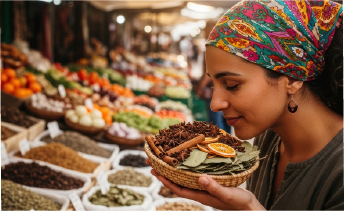
They tell a wellness story.
Nearly two-thirds of global consumers believe botanical flavors feel more sustainable and wholesome — even when they’re part of an indulgent product. Spices, meanwhile, are emotional shorthand for warmth and comfort. “Cozy spice” sells feelings as much as flavor.
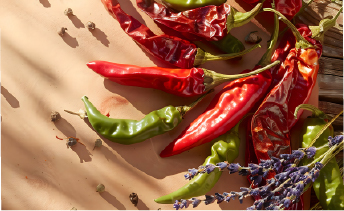
They travel well — and consumers want the trip.
Cross-cultural flavor mashups are booming. The “swicy” (sweet + spicy) craze alone now appears on about 10% of U.S. menus, up 1.8% in a year. Food has become the easiest passport stamp you can get.
Real-World Flavor Play
Picture this:
- A creamy RTD beverage brightened with lavender and a dash of white pepper — soothing meets sassy.
- A hibiscus-salt chip dusted with cumin, where floral tartness collides with spice heat.
- A plant-based sausage seasoned with bay leaf, coriander seed, and peri-peri chili — proof that “clean label” doesn’t mean boring.
Each pairing hits the global-botanical sweet spot: natural, intriguing, and oh-so-Instagrammable.
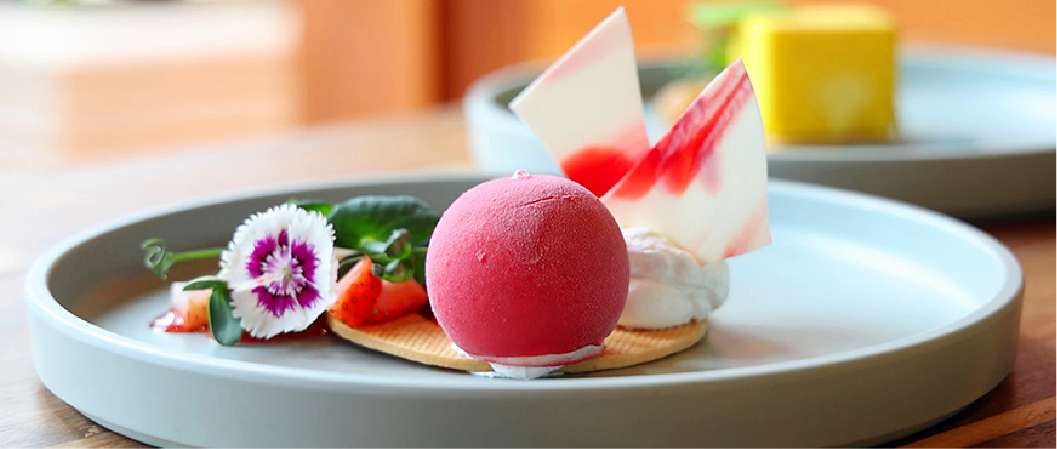
Notes from the Lab (for the flavor nerds)
Behind the scenes, flavor chemists and developers face a few tasty challenges:

Variability
The same elderflower extract can taste different by harvest. Controlling for origin and extraction is key.
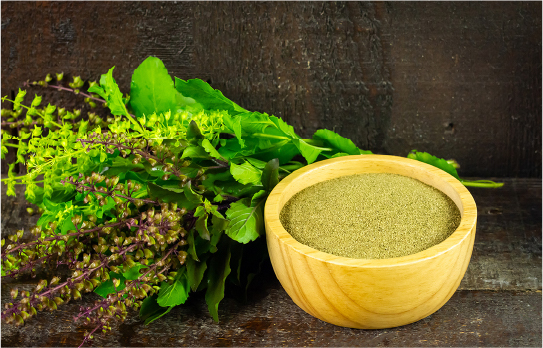
Intensity Management
Botanicals whisper, spices shout. Mastery comes from layering — not letting heat dominate the harmony.
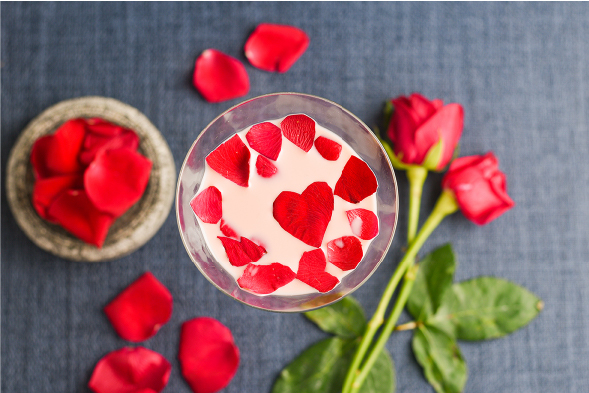
Matrix effects
Fat, sugar, and acidity all affect how volatile compounds behave. A rose note in yogurt isn’t the same as a rose note in soda.
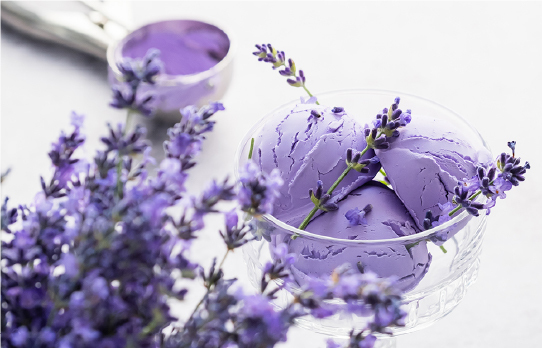
Tech to the rescue
Precision fermentation is already producing pure botanical flavor compounds sustainably, taking some guesswork out of Mother Nature’s mood swings.
The Big R&D Takeaways
Beyond their exotic charm, these ingredients pack serious R&D potential.
- Create modular flavor systems. Build a base of herbs or florals, then accent with spices for different categories — snack, beverage, or protein alternative.
- Experiment across categories. Botanicals are breaking out of tea and into dairy, confections, and ready-to-drink beverages.
- Lead with story. Consumers don’t just want flavor — they want the feeling. A “Hibiscus & Pepper Wellness Water” has far more allure than “flavored sparkling beverage.”

The Future Is Fragrant
If you zoom out, this trend isn’t just about taste. It’s about curiosity — the human instinct to explore. Spices connect us to heritage; botanicals connect us to the earth. Together, they remind consumers (and flavor scientists alike) that innovation isn’t always about inventing something new — sometimes, it’s about rediscovering what nature already perfected.
So go ahead — dust off your sensory passport. The next great flavor might just be hiding in a flower petal or a far-off spice market.
Insights & Trends

When Texture Talks Louder Than Taste
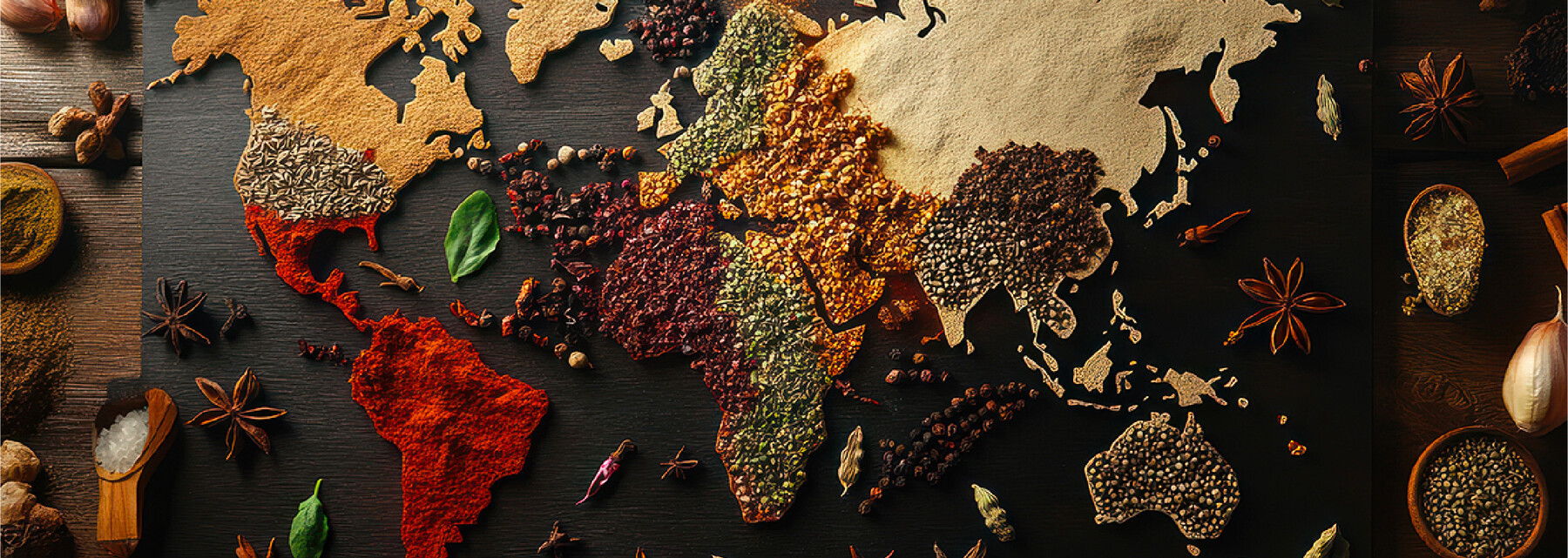
Spice. Sprinkle. Savor.
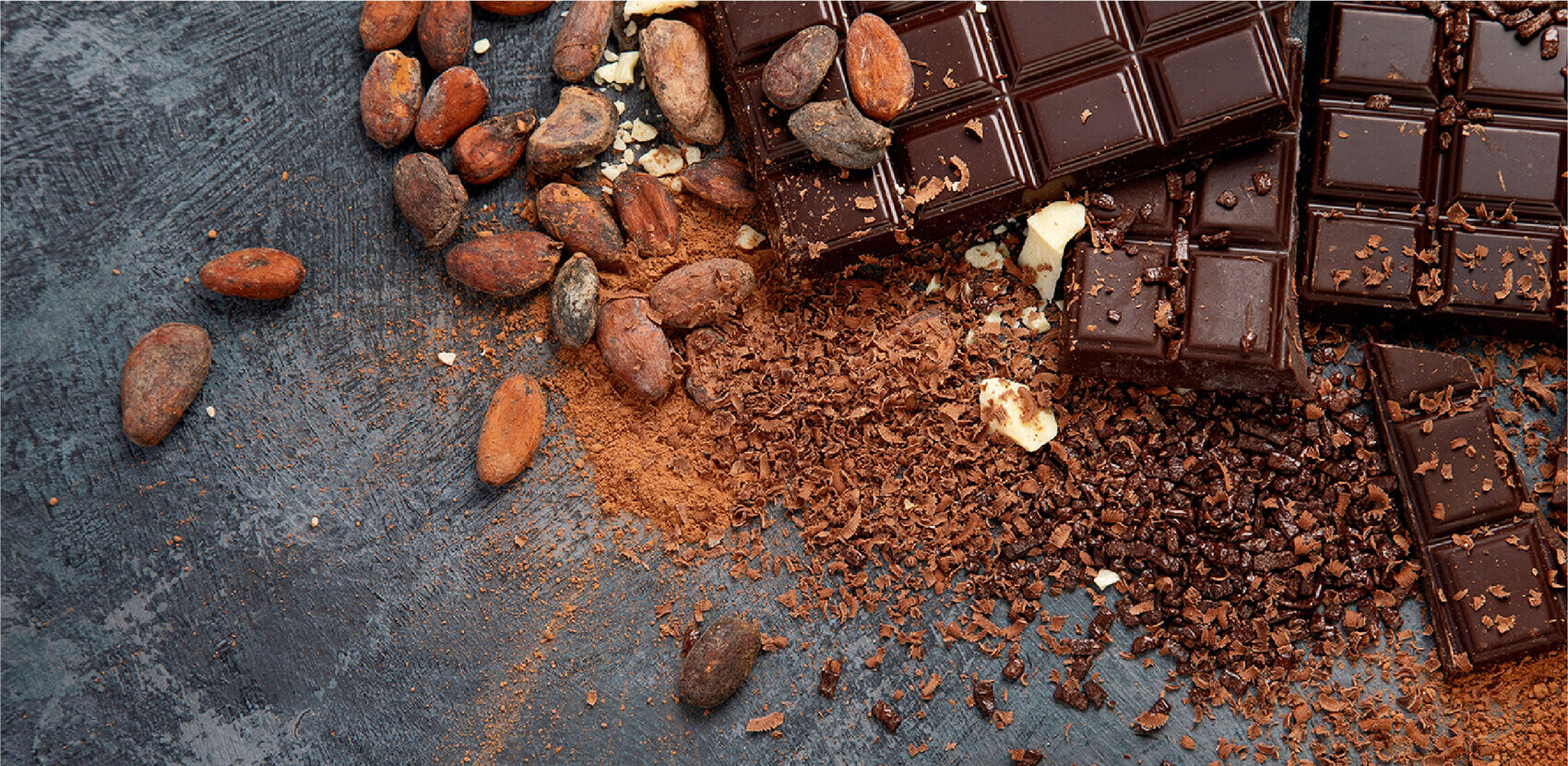
When Less Is More

From Snack to Savor

Precision Fermentation
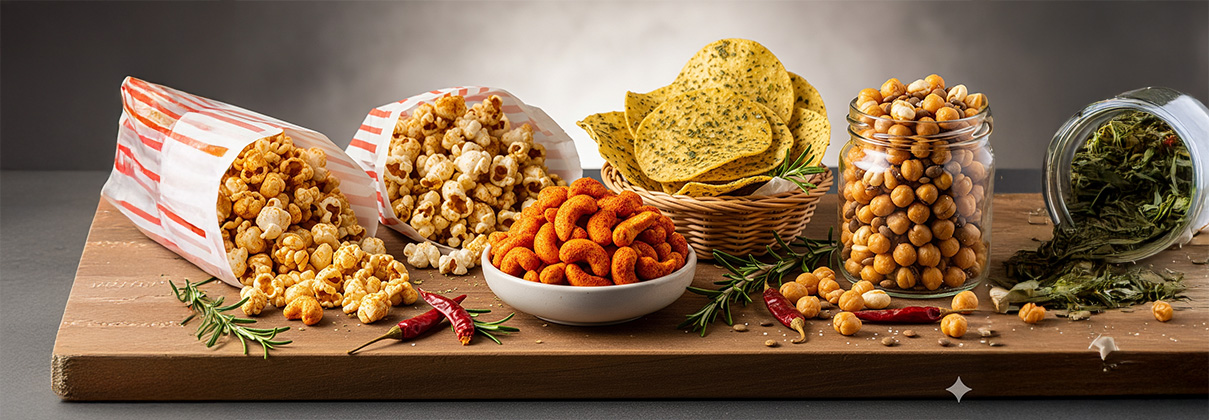
Snackification Nation
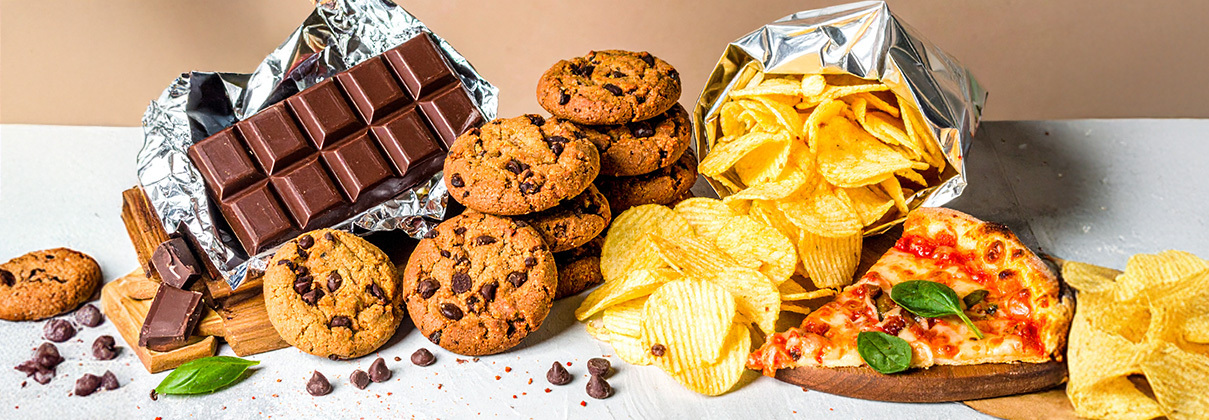
Snack to the Future

Fizz With Benefits
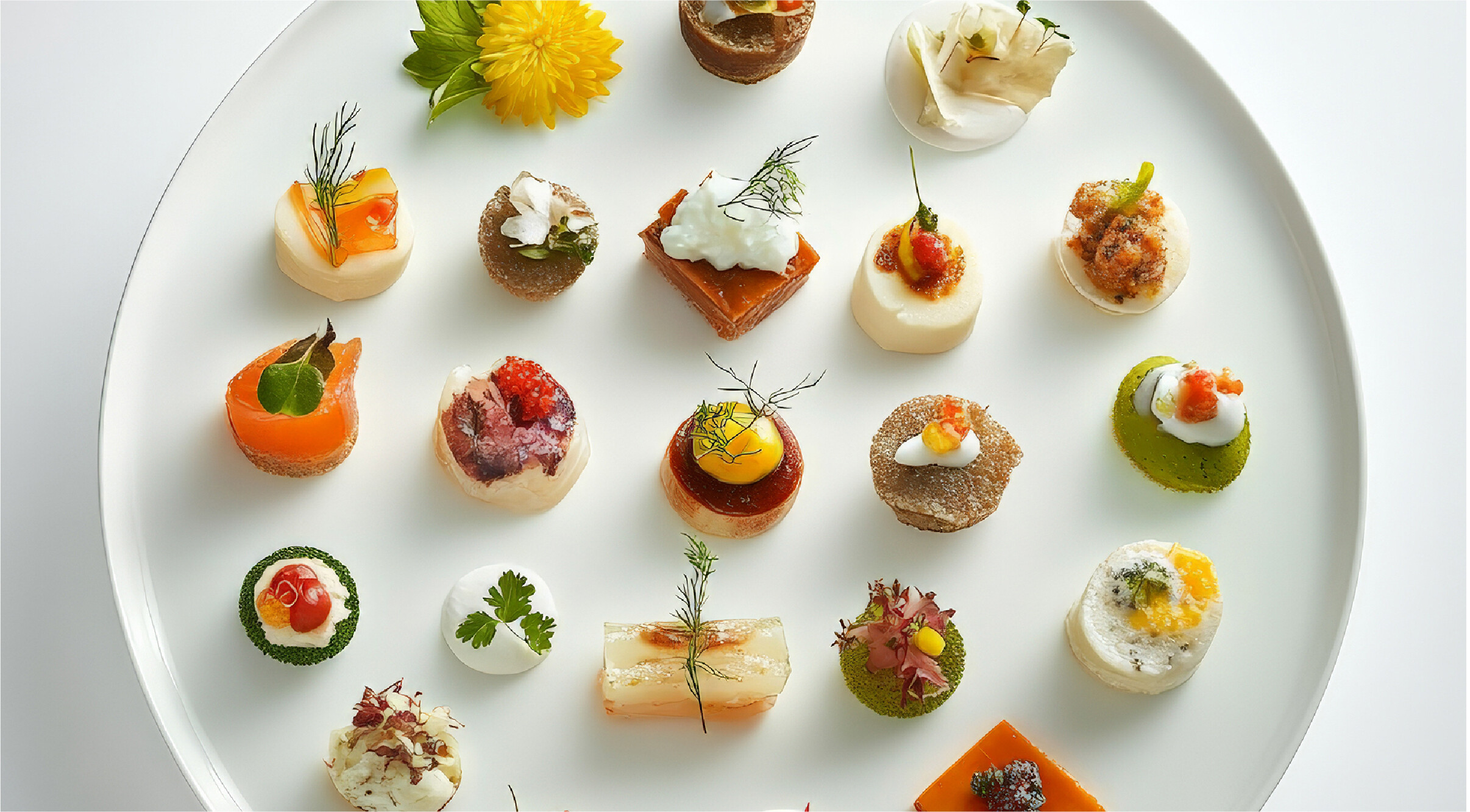
Satisfy in a Single Bite
